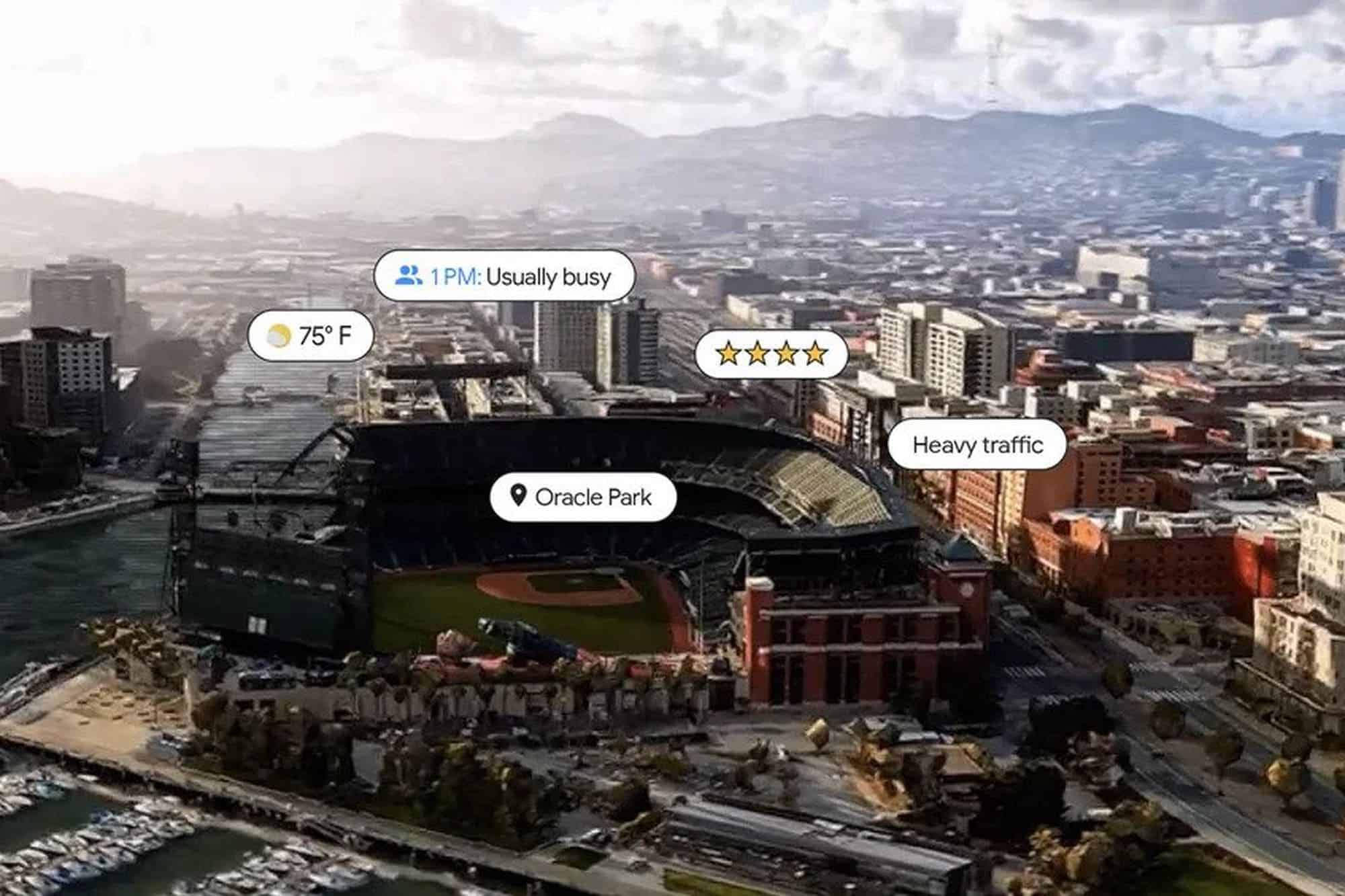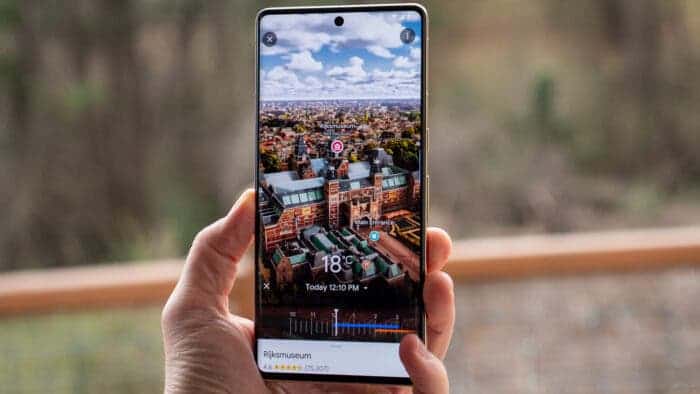Google Maps has recently introduced a new feature called “Immersive View” that promises to revolutionize the way users interact with the platform. This new feature was announced almost a year ago at I/O 2022 and is finally being rolled out to more users.
Immersive View is a new way to explore locations on Google Maps, expanding upon the existing photorealistic aerial views of popular locations and landmarks with time and weather contextual flyovers of the specific mapped regions. This feature combines picturesque views of a city and its landmarks, suggestions of places to learn about or visit, and views of the insides of some buildings. Users can even see alternate views of certain areas, such as at night, in bad weather, or in busy conditions.
Google Maps finally gets the immersive view

It appears that Immersive View is currently being rolled out and is appearing for some Google Maps users. One report on /r/GoogleMaps indicated that they were able to use the function when viewing cities like London and Berlin. Google has confirmed that Immersive View will first be available in cities such as Los Angeles, New York, San Francisco, and Tokyo.
Gizchina News of the week
The original demos showed live traffic and weather locations. But it seems that the latter is not yet appearing for those with the new navigation option. It could be that this will come as this rollout progresses, but it’s not clear at this stage. Other touted functionality includes the ability to see inside buildings such as restaurants and more.
When active, Google Maps Immersive View allows users to use a slider to adjust the time. To see just what an area looks like as the day and weather progresses. Colored overlays show the busy and quiet periods much like the regular 2D view.
One potential downside to this new feature is its data consumption. One user reported that approximately 30 minutes of playing around with Maps’ new function used around 2 Gigabytes of data. Showcasing just how demanding this can be on your data plan.
Immersive View was supposed to roll out back in February but has taken almost a month to come to users. However, at least it is rolling out now, and users can expect to see more cities and functionality added to this exciting new feature in the coming months.





